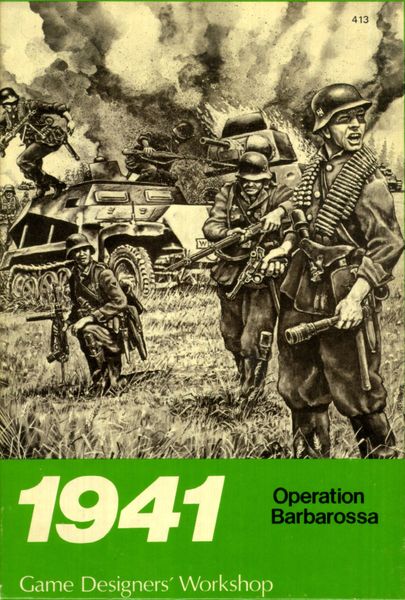1941: Operation Barbarossa (1981) Board Game
1941: Operation Barbarossa is a historical wargame that simulates the German invasion of the Soviet Union during World War II. The game focuses on the strategic and operational challenges faced by both sides during this pivotal campaign. Players take on the roles of either the German or Soviet forces, commanding their armies in a battle for control of Eastern Europe.
Game Components
How To Setup
Setting up “Barbarossa: The Russo-German War 1941–45” involves placing the map, distributing the counters according to the chosen scenario, and familiarizing oneself with the rules. The game components are straightforward, with the map divided into hexes and counters representing military units. Players need to ensure all units are correctly placed on the map as per the scenario instructions.
Gameplay Mechanics and Game Objective
Player Experience
Playing “Barbarossa: The Russo-German War 1941–45” is a deeply immersive experience, especially for fans of World War II and strategic wargaming. The game requires careful planning and execution, as the German player must balance aggressive expansion with resource management, while the Soviet player must endure initial losses and wait for opportunities to counterattack. The game’s complexity and length can lead to “battle fatigue,” but the depth of strategy makes it highly rewarding.
Pros
Cons
Personal Thoughts on Barbarossa: The Russo-German War 1941–45
This game is ideal for experienced wargamers and those with a deep interest in World War II history. It requires patience, strategic thinking, and a willingness to invest time into understanding the rules and gameplay mechanics. For new players, it might be challenging, but for those who enjoy complex, historical wargames, “Barbarossa: The Russo-German War 1941–45” remains a classic and rewarding experience.
We are supported by our audience. When you purchase through links on our site, we may earn an affiliate commission, at no extra cost for you. Learn more.

